A common dilemma of many Mac users
If you’re running macOS High Sierra or older and are constantly seeing the prompts to upgrade to Mojave, it’s natural to ask yourself, “should I upgrade my Mac to Mojave?”. There are certainly many reasons to do it, but then there are also reasons not to upgrade your existing macOS version.
A lot of users find themselves in this dilemma of whether they should go ahead and get their Macs upgraded or they should wait for an even newer update. In situations like these, it’s best to make the decision using logical facts. This way, you won’t be running behind the latest macOS updates and also you won’t regret your decision of updating your Mac if you decide to do it.
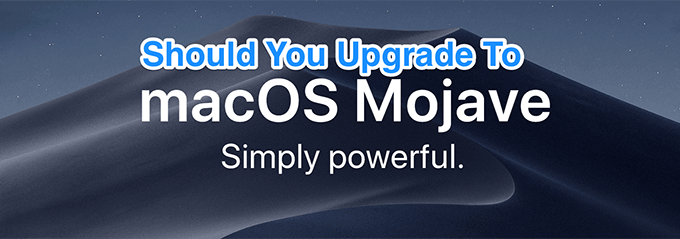
Can I Upgrade To Mojave?
Before you proceed any further, the first thing you’ll want to do is check if your Mac is one of the compatible machines for the Mojave update. Not all the Apple Macs out there are compatible with this version.
The official Apple announcement mentions the following Macs to be compatible with the macOS Mojave update.
- MacBook (early 2015 or later)
- MacBook Air (mid-2012 or later)
- MacBook Pro (mid-2012 or later)
- Mac mini (late 2012 or later)
- iMac (late 2012 or later)
- iMac Pro (any model)
- Mac Pro (mid-2010 and later, certain models only)
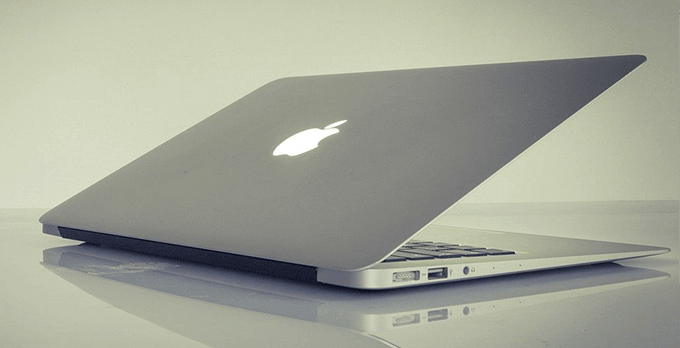
If yours is one of these models, you can indeed upgrade to Mojave but the question of whether to do it or not remains unanswered.
Pros Of Upgrading a Mac To Mojave
If you’re looking to upgrade to Mojave, you’re expecting it to add more features to your machine. After all, that’s what the updates are for.
However, like a coin, there are two sides to upgrading to a newer version of macOS on your Mac. The first one brings all the new features and improvements that you come to expect from an update. The other one brings some elements that may not be positive for you.
We discuss both of those here for you to come to your own conclusion.
1. Less Bugs
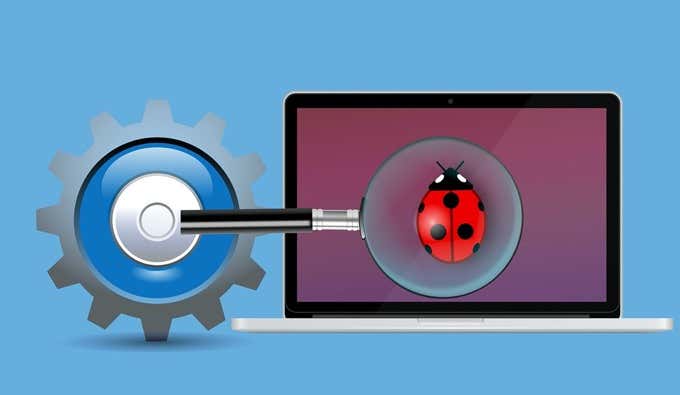
Newer OS versions are supposed to fix any bugs that were there in the previous versions of the OS. macOS Mojave does exactly that for you and helps you get rid of many of the bugs you were facing earlier on your Mac. It also brings improvements and enhancements to the overall system of the machine.
If you were facing a major issue in your High Sierra or Sierra running Mac, the Mojave update will likely fix it for you.
2. A New Native Dark Mode
Dark mode is one of the trending things nowadays and it can be seen in almost any popular app available out there. With the macOS Mojave update, you get a native dark mode feature for your Mac machine.
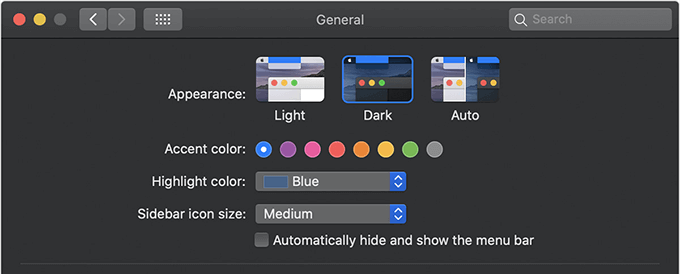
If you’ve been using a third-party app to get the effect of this mode, you no longer need to do it as the native feature is now available for you. It can be enabled from within the Mac settings menu.
3. Better File Management With Stacks
If you’re someone who uses their desktop to put pretty much anything you work on, your desktop is likely cluttered with all the files here and there. One of Mojave’s features is Stacks which solves exactly that problem for you.
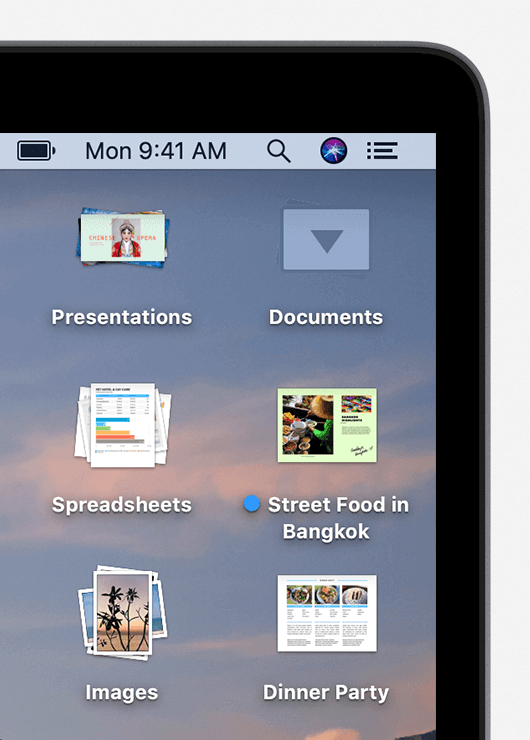
A Stack on your desktop combines multiple of your desktop icons into – Stacks. You can create custom Stacks to store your files on your desktop and get access to them, without having to clutter your main screen.
4. Do More With Photos From Within The Finder
Photographers or just about any photo lovers will be happy to know that the Mojave packs a feature that lets you do more with your photos from within the Finder. Earlier, you could only see a few details about a photo and its preview in the Finder.
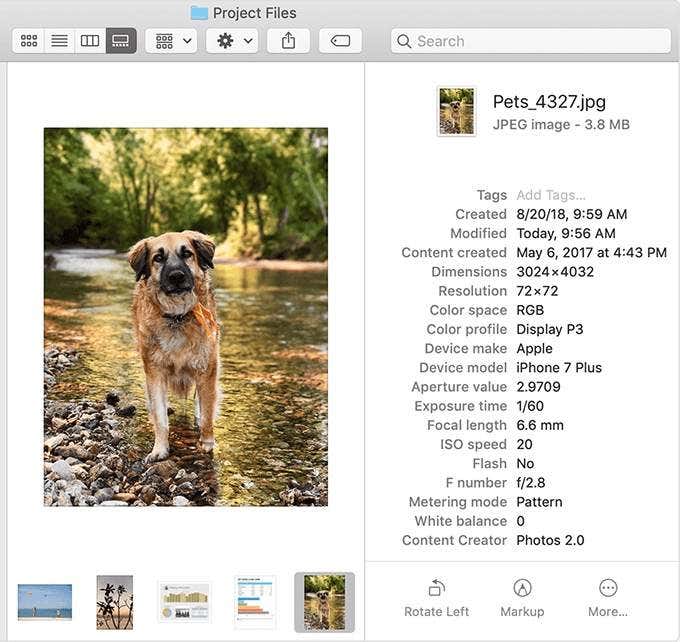
The new Gallery view adds more features to it and lets you view more metadata and previews of your photos. There’s even a slider at the bottom to slide through your photos.
5. An Improved Screenshot Tool
Earlier macOS versions already had great screenshot tools but the Mojave update brings it to a completely new level. In Mojave, when you capture a screenshot, you’re shown a small preview of your captured file. You can click on it to start editing it right away.

Also, the feature is customizable meaning you can turn off the previews if you don’t want them anymore. You’re going to like it if you use and like the feature in iOS 11 on your iOS devices.
Cons Of Upgrading a Mac To Mojave
The following are some of the reasons not to upgrade to Mojave.
1. Slower Mac Performance
If you have a really old Mac that you want to upgrade, you should hold off on doing it. Newer macOS updates including Mojave may not work that great with the old peripherals of your machine. As a result, your Mac’s performance may slow down.
2. 32-bit Apps Will Show Warnings
If you use 32-bit apps on your current macOS version, these apps will now show a warning message when you open them.
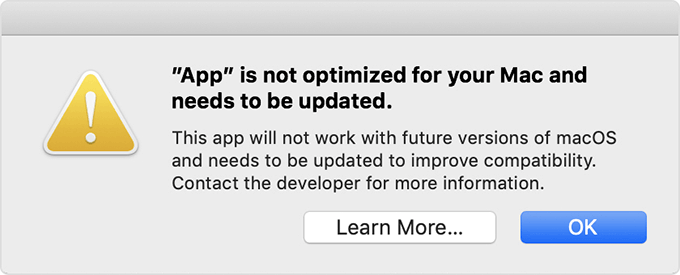
If a lot of your apps happen to be 32-bit, you probably want to hold off on getting the update.
3. Requires Learning To Use New Tools
New tools in Mojave require a bit of learning before you can use them to their fullest. If you aren’t ready or you haven’t got the time to learn anything new, you’re probably better off using your current macOS version.
Should I Upgrade To Mojave?
Yes
If you don’t mind learning a few new things, replace your 32-bit apps with 64-ones or alternatives, and have a relatively modern Mac.
No
If you have an old Mac, aren’t looking for new features, and everything’s working just fine on your machine.




